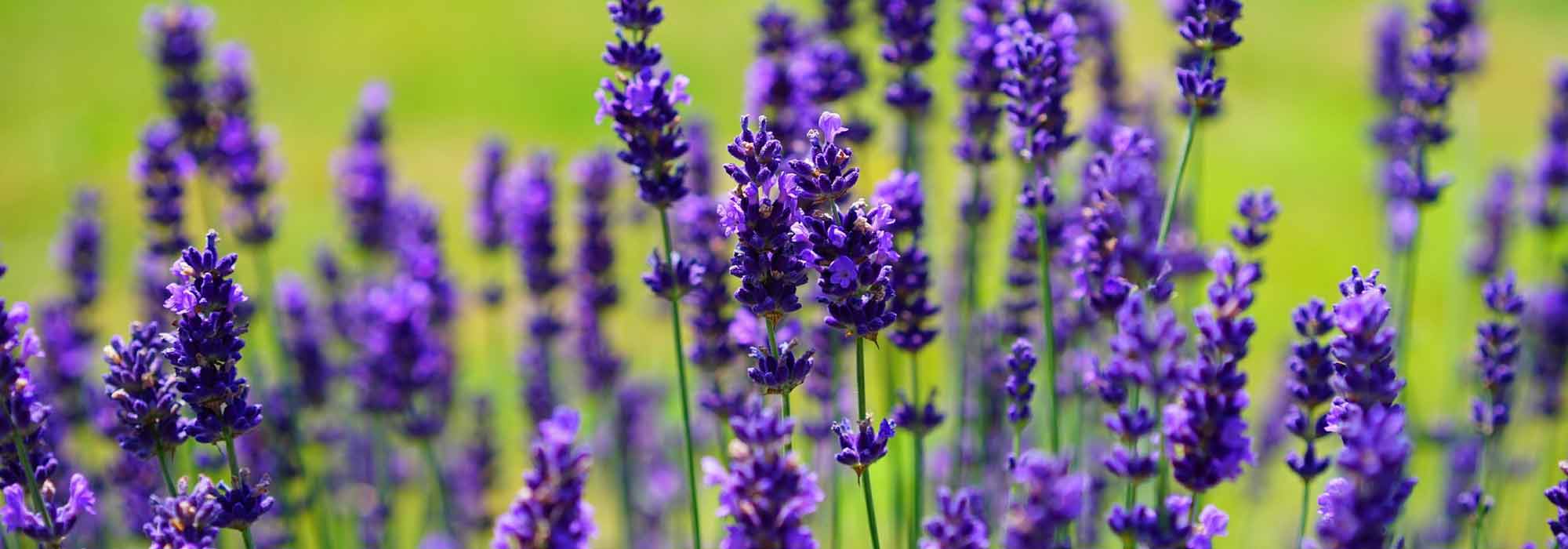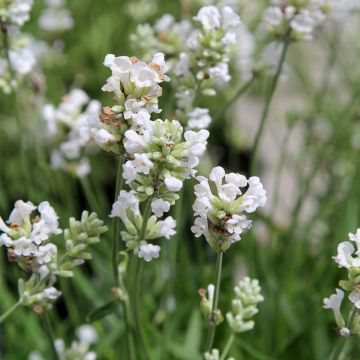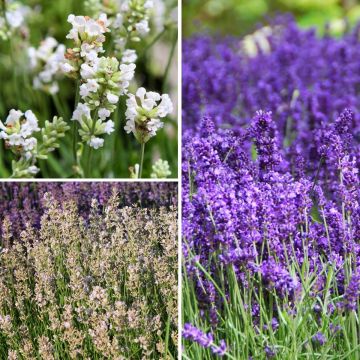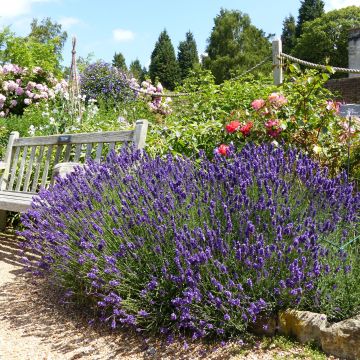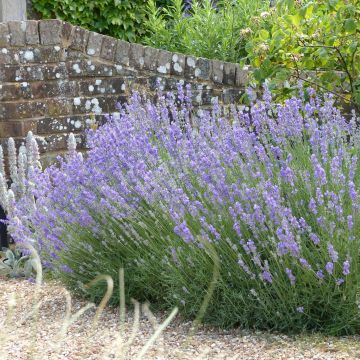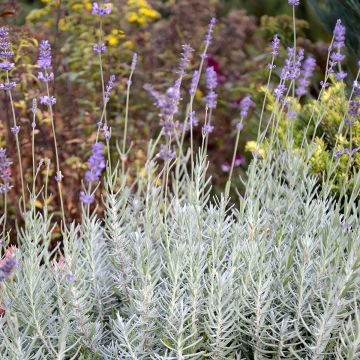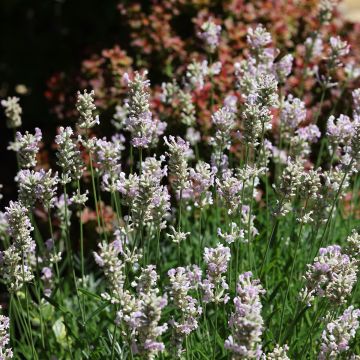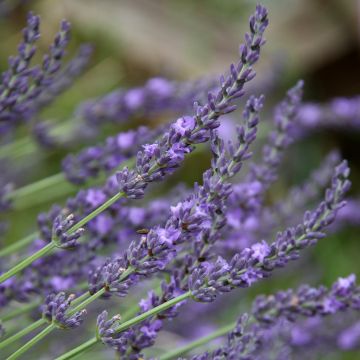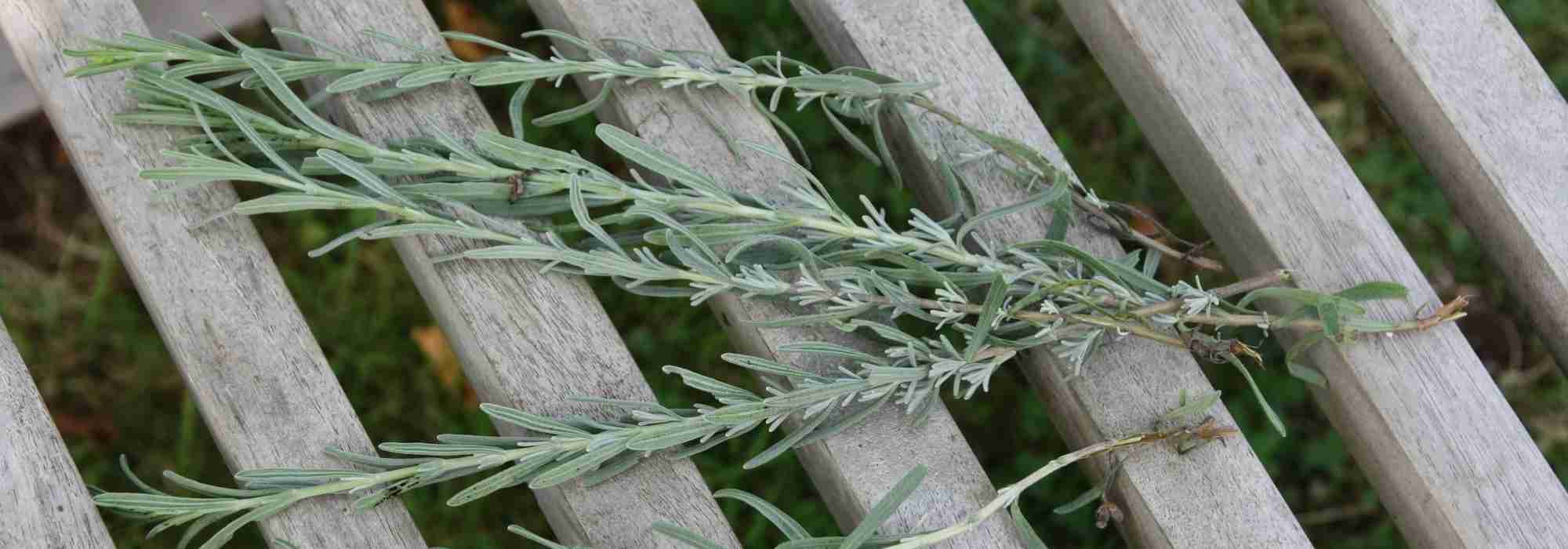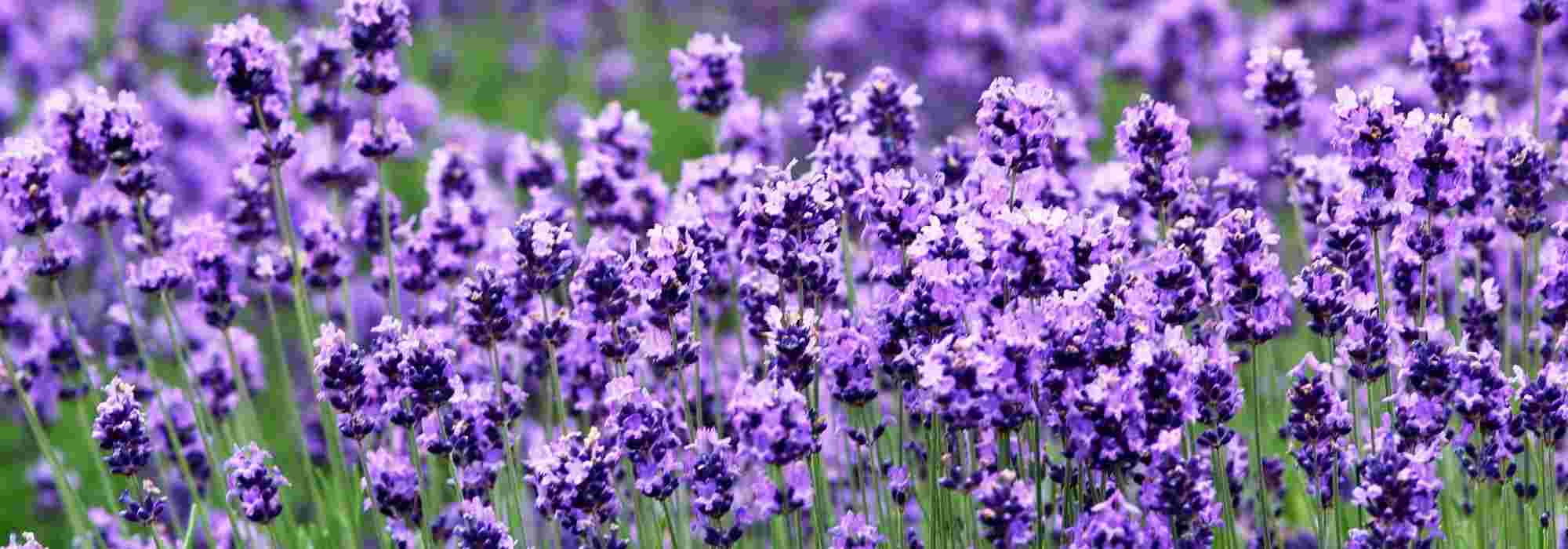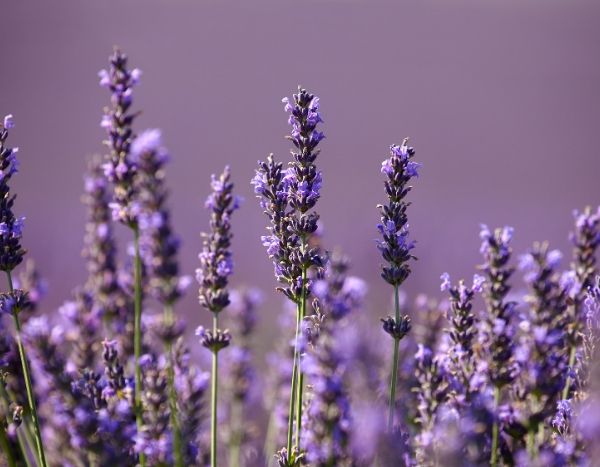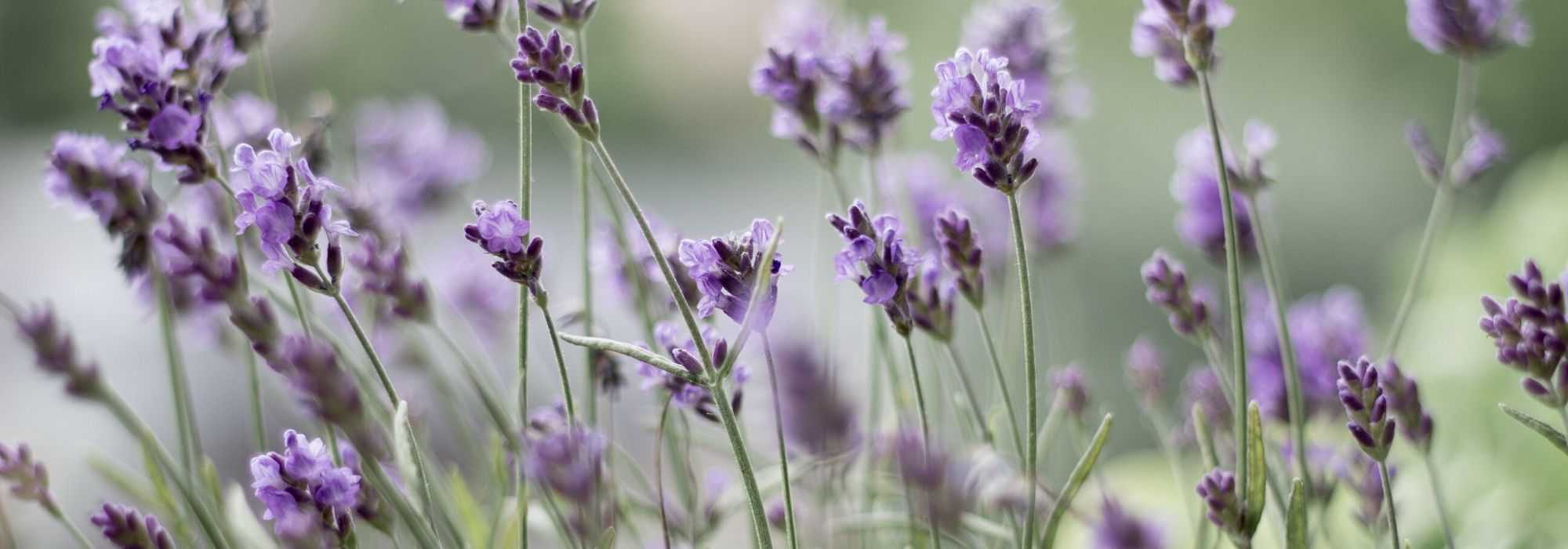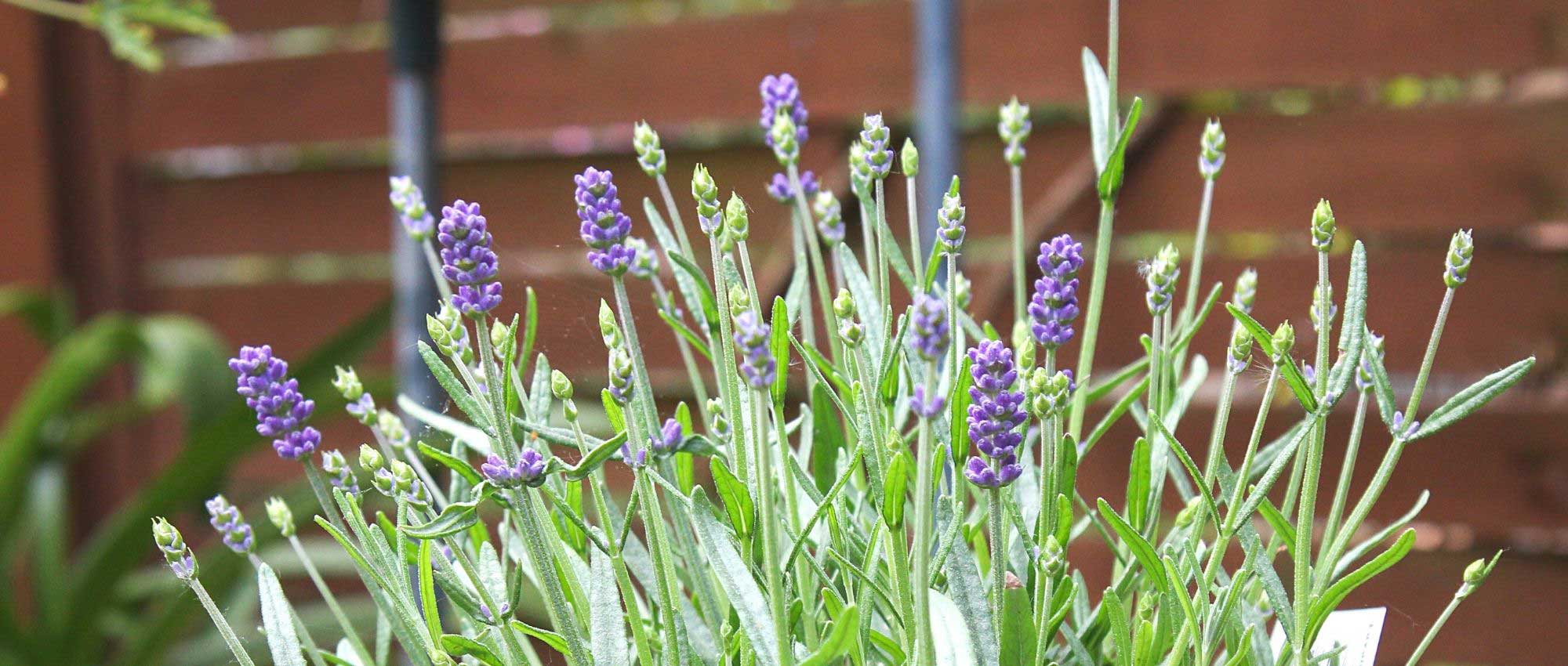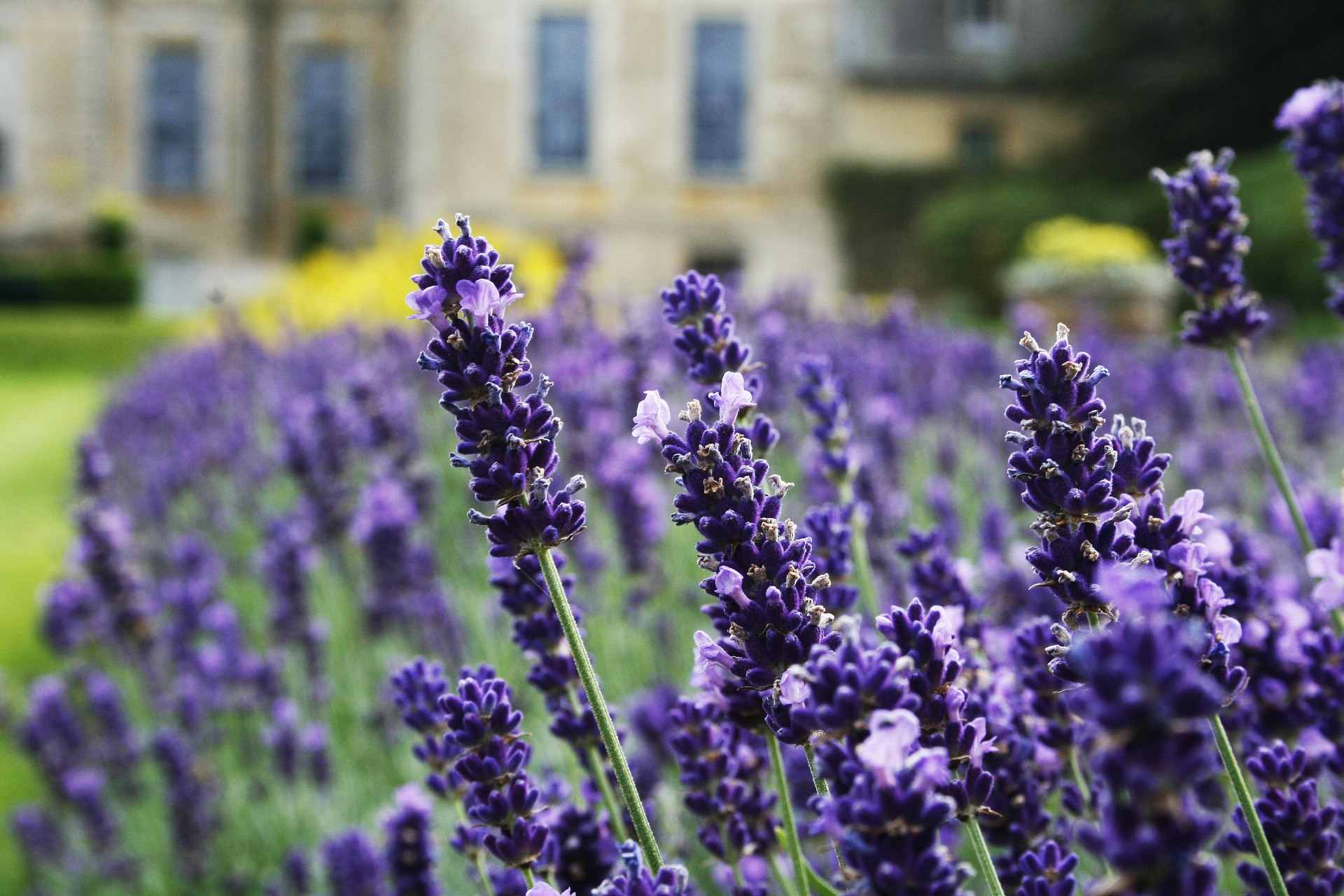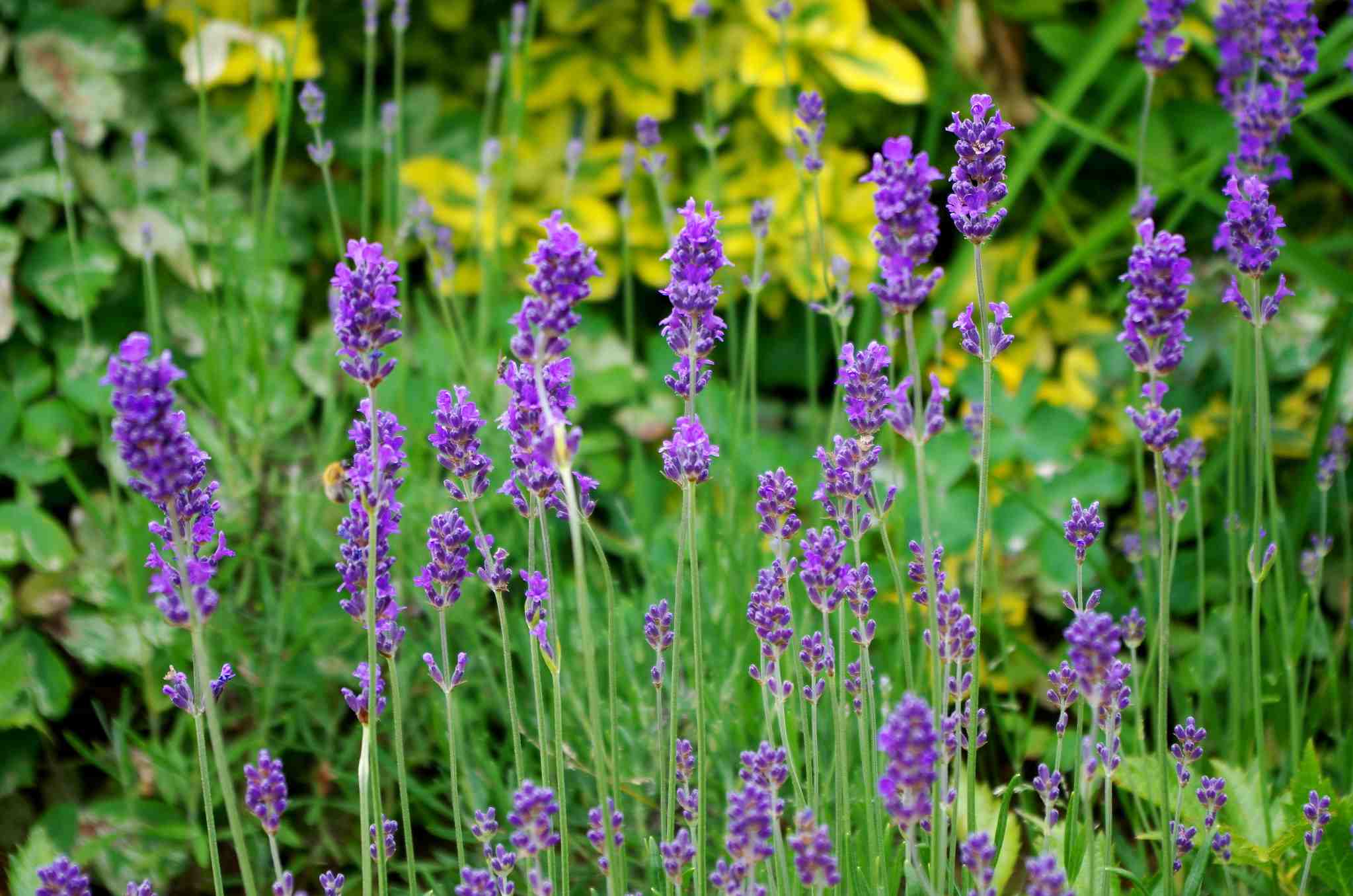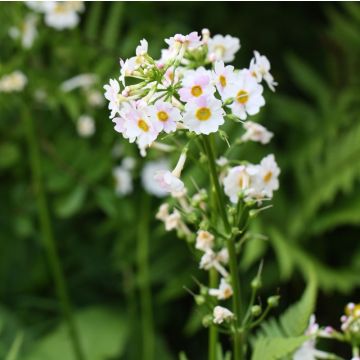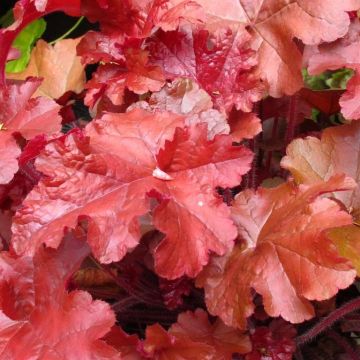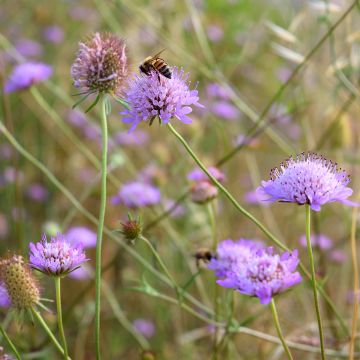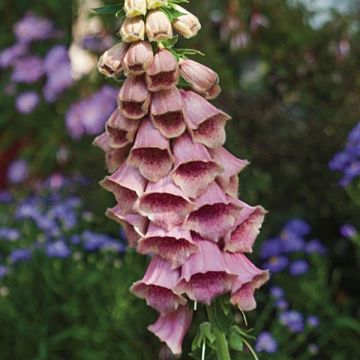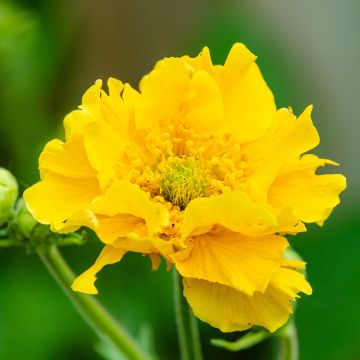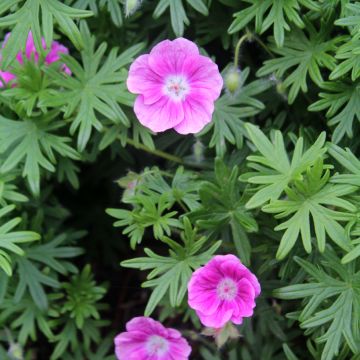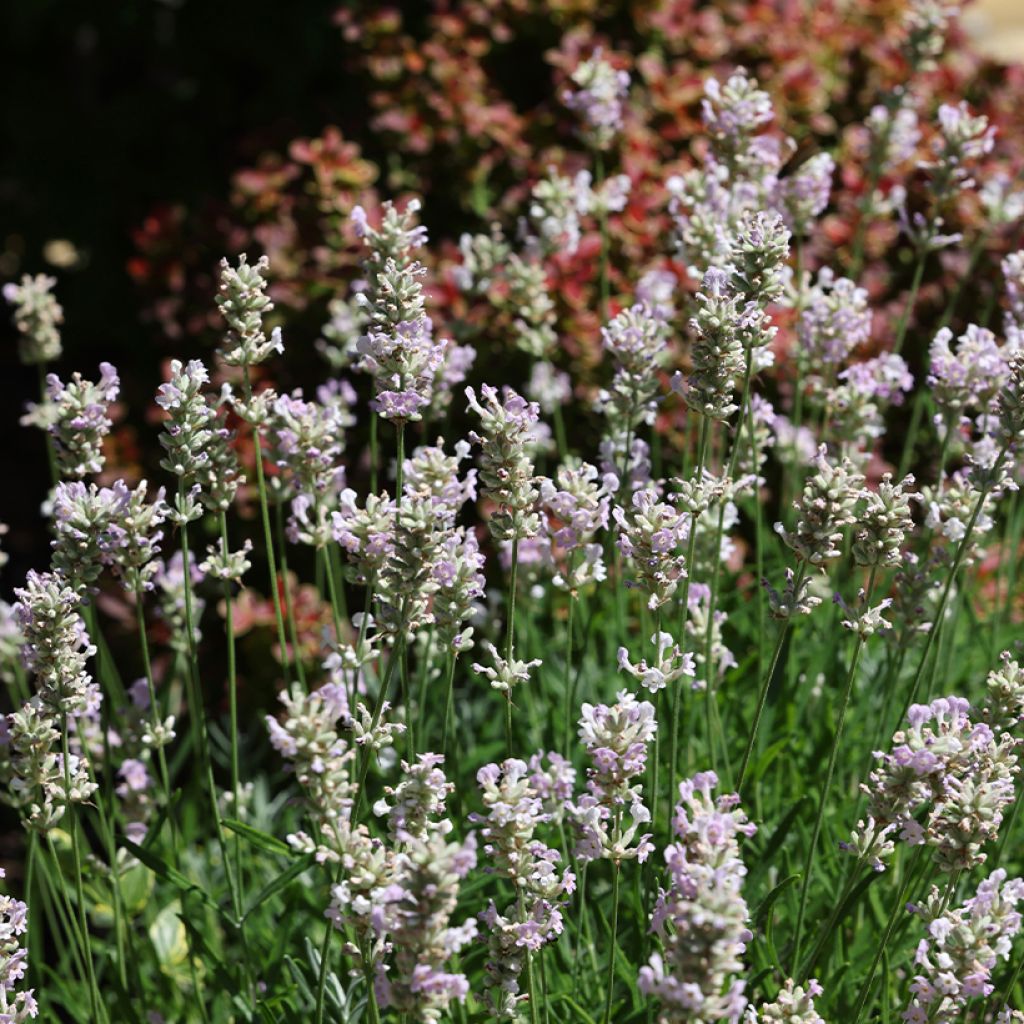

Lavandula angustifolia Loddon Pink
Lavandula angustifolia Loddon Pink
Lavandula angustifolia Loddon Pink
English Lavender, Common Lavender, True Lavender
Special offer!
Receive a €20 voucher for any order over €90 (excluding delivery costs, credit notes, and plastic-free options)!
1- Add your favorite plants to your cart.
2- Once you have reached €90, confirm your order (you can even choose the delivery date!).
3- As soon as your order is shipped, you will receive an email containing your voucher code, valid for 3 months (90 days).
Your voucher is unique and can only be used once, for any order with a minimum value of €20, excluding delivery costs.
Can be combined with other current offers, non-divisible and non-refundable.
Home or relay delivery (depending on size and destination)
Schedule delivery date,
and select date in basket
This plant carries a 12 months recovery warranty
More information
We guarantee the quality of our plants for a full growing cycle, and will replace at our expense any plant that fails to recover under normal climatic and planting conditions.
Would this plant suit my garden?
Set up your Plantfit profile →
Description
Lavandula angustifolia 'Loddon Pink' is a variety of compact true lavender or English lavender that stands out for its pretty summer flowering in light pink spikes. This selection forms a small, dense rounded bush with persistent and aromatic, slightly greyish-green foliage. Ideal in a rock garden or a dry garden, this lavender will also bring charm to the terrace.
This variety of 'Loddon Pink' lavender was introduced by Thomas Carlile (Loddon Nurseries) before 1950. It is a plant of the mint family. The species (Lavandula angustifolia) is native to the Mediterranean regions of southern Europe. This 'Loddon Pink' variety is a small evergreen shrubby perennial plant that does not exceed 50 cm in all directions. It has an upright, rounded, and dense habit. Its persistent foliage is composed of narrow and aromatic, beautiful green leaves, becoming more greyish in summer. Between June and August, depending on the climate, the plant is covered with light pink, fragrant, and nectar-rich flowers, carried in cylindrical, 3 to 4.5 cm long spikes at the ends of woody stems.
The 'Loddon Pink' lavender requires, like most other lavenders, to be planted in full sun in very well-drained soil, ideally stony and dry. An ornamental and Mediterranean plant par excellence, lavender can be used in flower beds, borders, rock gardens, pots, and even as a low flowering hedge. The 'Loddon Pink' variety can be associated with grasses such as Stipa tenuifolia. With their tousled habit, these "grasses" will contrast with its rounded shape and create an architectural scene. It will also work well at the base of English shrub roses. In a dry garden, it naturally associates with shrubs such as rockroses and Teucrium. You can also create beautiful pots to place on the terrace or balcony. It is interesting to combine several varieties of lavenders together to compose a harmonious and elegant scene, both in terms of the variety of flower and foliage colours, as well as the size and volume of the plants.
Properties: Lavender being a very nectar-rich plant, contributes to the preservation of bees: the nectar of its flower attracts bees to make one of the most renowned honeys.
Lavandula angustifolia is a medicinal plant, whose therapeutic virtues were once widely used: its essential oil has antiseptic, antispasmodic, healing, depurative, diuretic properties...
Flowering
Foliage
Plant habit
Botanical data
Lavandula
angustifolia
Loddon Pink
Lamiaceae
English Lavender, Common Lavender, True Lavender
Cultivar or hybrid
Other Lavendula - Lavender
View all →Planting and care
Hardy (-15°C) Lavandula angustifolia 'Loddon Pink' needs to be planted in a warm and sunny location, in light, chalky, stony and dry, very well-drained soil. It does not tolerate heavy soils and excess water. If this is the case, it will be necessary to lighten the soil by adding sand and gravel. Prune Lavandula angustifolia every year, just after flowering, by removing the faded inflorescences. Prune again in early spring, by cutting back the plant by a third (without going down to the old naked wood), to maintain a beautiful compact, rounded shape, and its good flowering. Lavenders need very little water, so watering will only be necessary in the first year of planting. When pruning after flowering, do not throw away the faded inflorescences, but collect them to make sachets that will delicately perfume the wardrobes, and also make an excellent moth repellent. For dried bouquets, harvest the lavender flowers, just fully open, and let them dry upside down in a dry and ventilated place.
Planting period
Intended location
Care
Planting & care advice
This item has not been reviewed yet - be the first to leave a review about it.
Similar products
Haven't found what you were looking for?
Hardiness is the lowest winter temperature a plant can endure without suffering serious damage or even dying. However, hardiness is affected by location (a sheltered area, such as a patio), protection (winter cover) and soil type (hardiness is improved by well-drained soil).

Photo Sharing Terms & Conditions
In order to encourage gardeners to interact and share their experiences, Promesse de fleurs offers various media enabling content to be uploaded onto its Site - in particular via the ‘Photo sharing’ module.
The User agrees to refrain from:
- Posting any content that is illegal, prejudicial, insulting, racist, inciteful to hatred, revisionist, contrary to public decency, that infringes on privacy or on the privacy rights of third parties, in particular the publicity rights of persons and goods, intellectual property rights, or the right to privacy.
- Submitting content on behalf of a third party;
- Impersonate the identity of a third party and/or publish any personal information about a third party;
In general, the User undertakes to refrain from any unethical behaviour.
All Content (in particular text, comments, files, images, photos, videos, creative works, etc.), which may be subject to property or intellectual property rights, image or other private rights, shall remain the property of the User, subject to the limited rights granted by the terms of the licence granted by Promesse de fleurs as stated below. Users are at liberty to publish or not to publish such Content on the Site, notably via the ‘Photo Sharing’ facility, and accept that this Content shall be made public and freely accessible, notably on the Internet.
Users further acknowledge, undertake to have ,and guarantee that they hold all necessary rights and permissions to publish such material on the Site, in particular with regard to the legislation in force pertaining to any privacy, property, intellectual property, image, or contractual rights, or rights of any other nature. By publishing such Content on the Site, Users acknowledge accepting full liability as publishers of the Content within the meaning of the law, and grant Promesse de fleurs, free of charge, an inclusive, worldwide licence for the said Content for the entire duration of its publication, including all reproduction, representation, up/downloading, displaying, performing, transmission, and storage rights.
Users also grant permission for their name to be linked to the Content and accept that this link may not always be made available.
By engaging in posting material, Users consent to their Content becoming automatically accessible on the Internet, in particular on other sites and/or blogs and/or web pages of the Promesse de fleurs site, including in particular social pages and the Promesse de fleurs catalogue.
Users may secure the removal of entrusted content free of charge by issuing a simple request via our contact form.
The flowering period indicated on our website applies to countries and regions located in USDA zone 8 (France, the United Kingdom, Ireland, the Netherlands, etc.)
It will vary according to where you live:
- In zones 9 to 10 (Italy, Spain, Greece, etc.), flowering will occur about 2 to 4 weeks earlier.
- In zones 6 to 7 (Germany, Poland, Slovenia, and lower mountainous regions), flowering will be delayed by 2 to 3 weeks.
- In zone 5 (Central Europe, Scandinavia), blooming will be delayed by 3 to 5 weeks.
In temperate climates, pruning of spring-flowering shrubs (forsythia, spireas, etc.) should be done just after flowering.
Pruning of summer-flowering shrubs (Indian Lilac, Perovskia, etc.) can be done in winter or spring.
In cold regions as well as with frost-sensitive plants, avoid pruning too early when severe frosts may still occur.
The planting period indicated on our website applies to countries and regions located in USDA zone 8 (France, United Kingdom, Ireland, Netherlands).
It will vary according to where you live:
- In Mediterranean zones (Marseille, Madrid, Milan, etc.), autumn and winter are the best planting periods.
- In continental zones (Strasbourg, Munich, Vienna, etc.), delay planting by 2 to 3 weeks in spring and bring it forward by 2 to 4 weeks in autumn.
- In mountainous regions (the Alps, Pyrenees, Carpathians, etc.), it is best to plant in late spring (May-June) or late summer (August-September).
The harvesting period indicated on our website applies to countries and regions in USDA zone 8 (France, England, Ireland, the Netherlands).
In colder areas (Scandinavia, Poland, Austria...) fruit and vegetable harvests are likely to be delayed by 3-4 weeks.
In warmer areas (Italy, Spain, Greece, etc.), harvesting will probably take place earlier, depending on weather conditions.
The sowing periods indicated on our website apply to countries and regions within USDA Zone 8 (France, UK, Ireland, Netherlands).
In colder areas (Scandinavia, Poland, Austria...), delay any outdoor sowing by 3-4 weeks, or sow under glass.
In warmer climes (Italy, Spain, Greece, etc.), bring outdoor sowing forward by a few weeks.






























